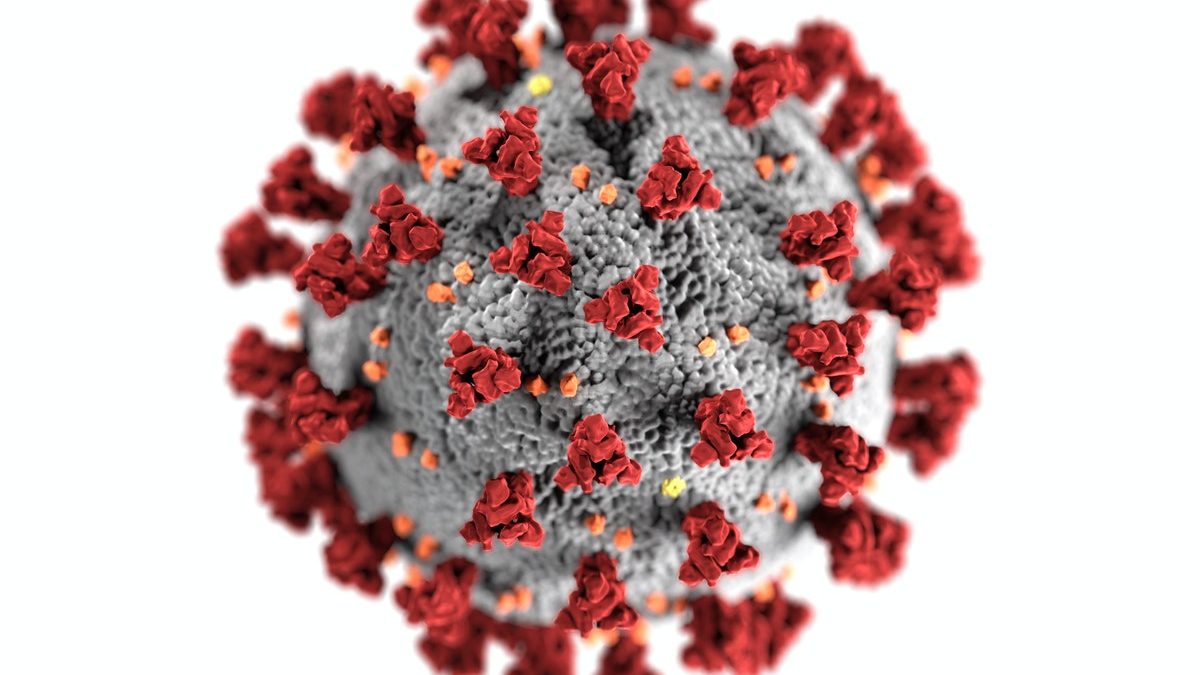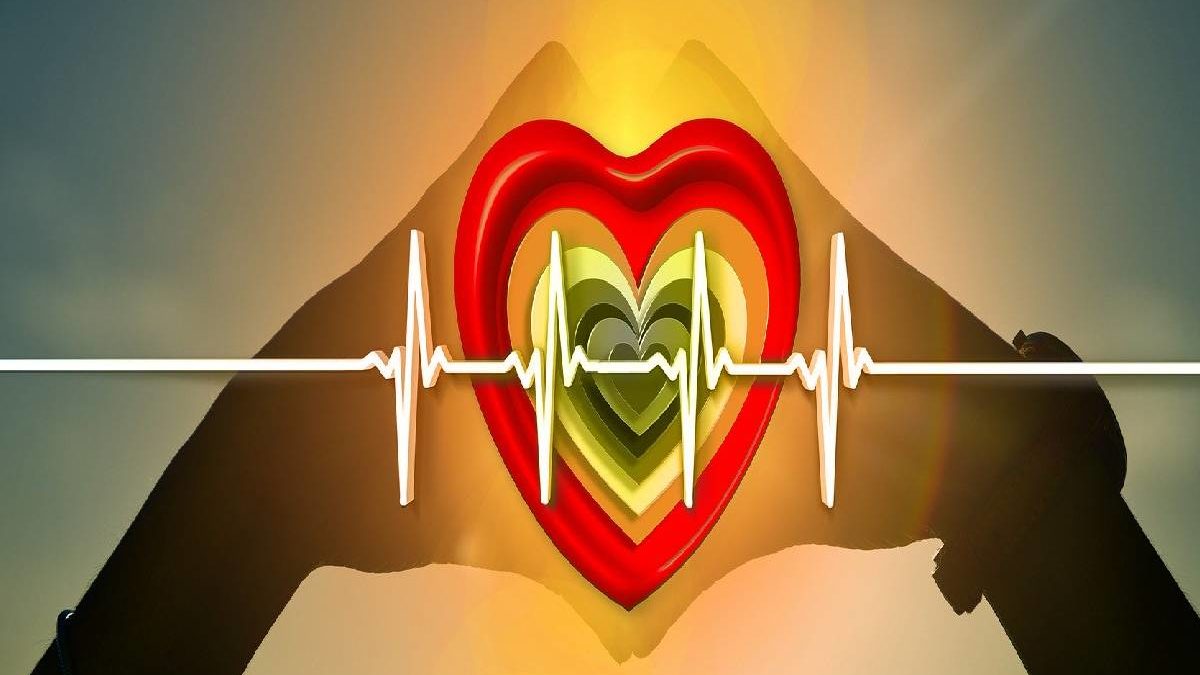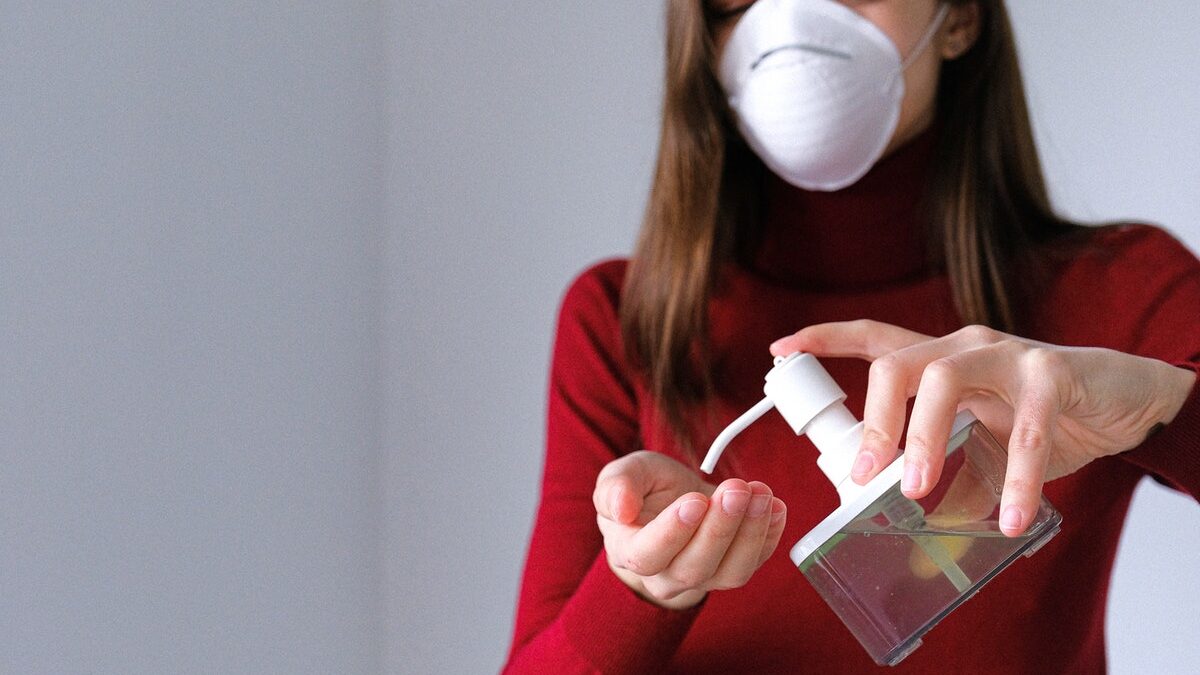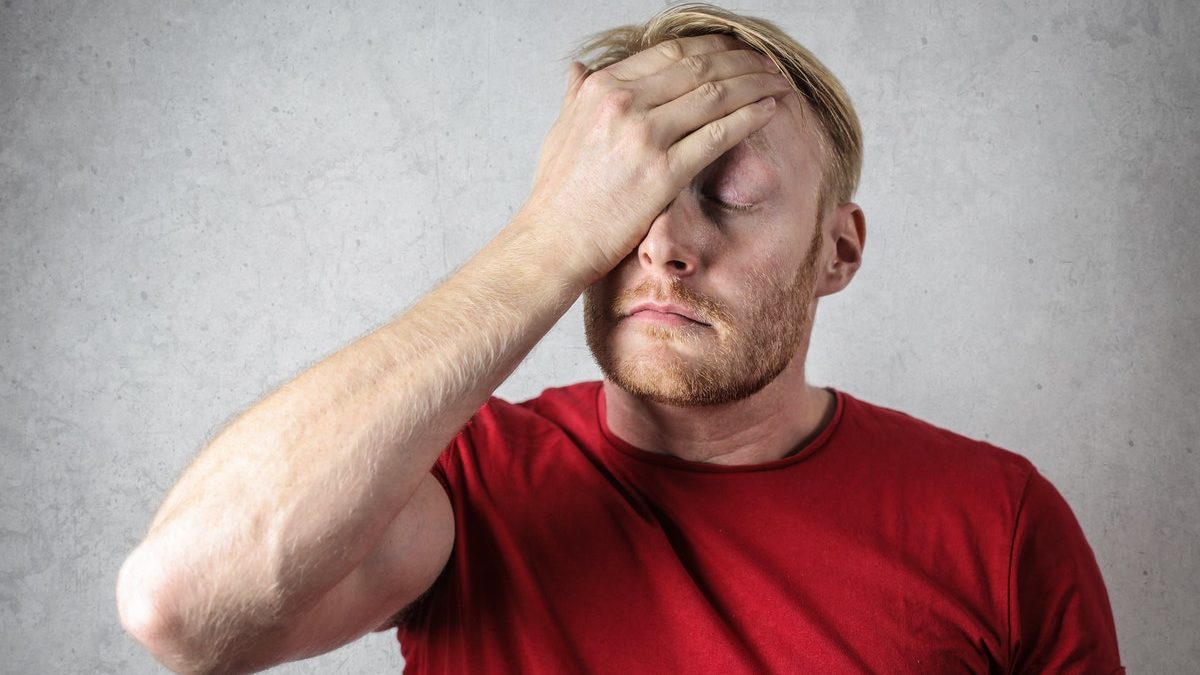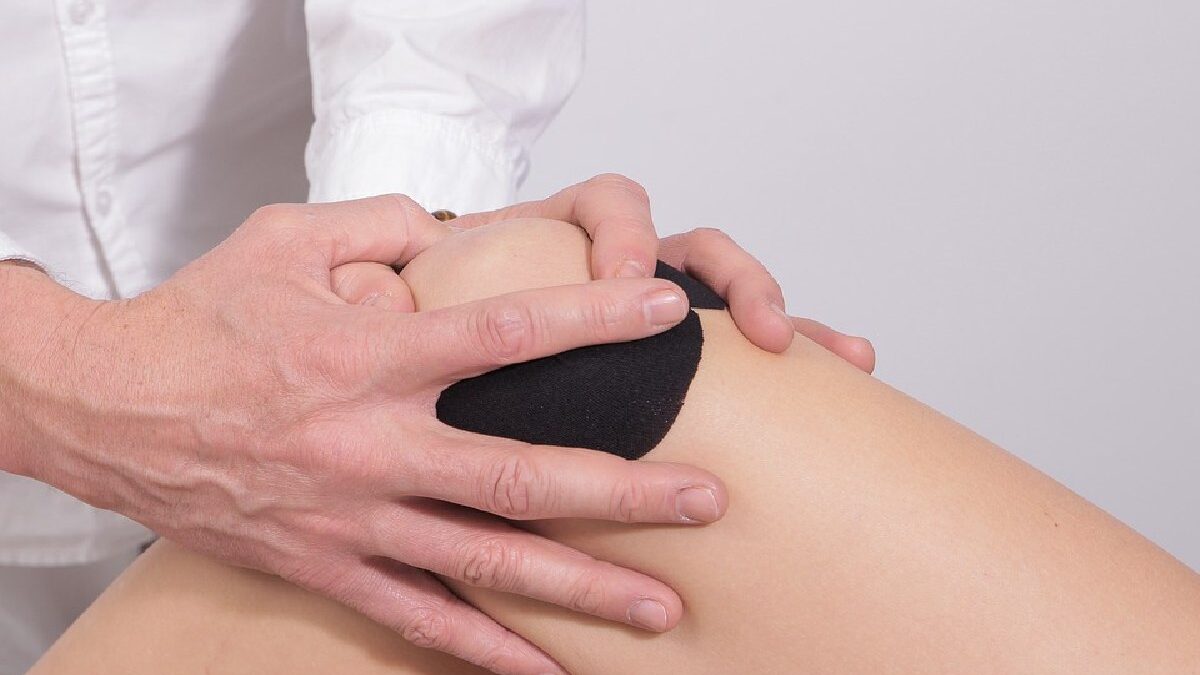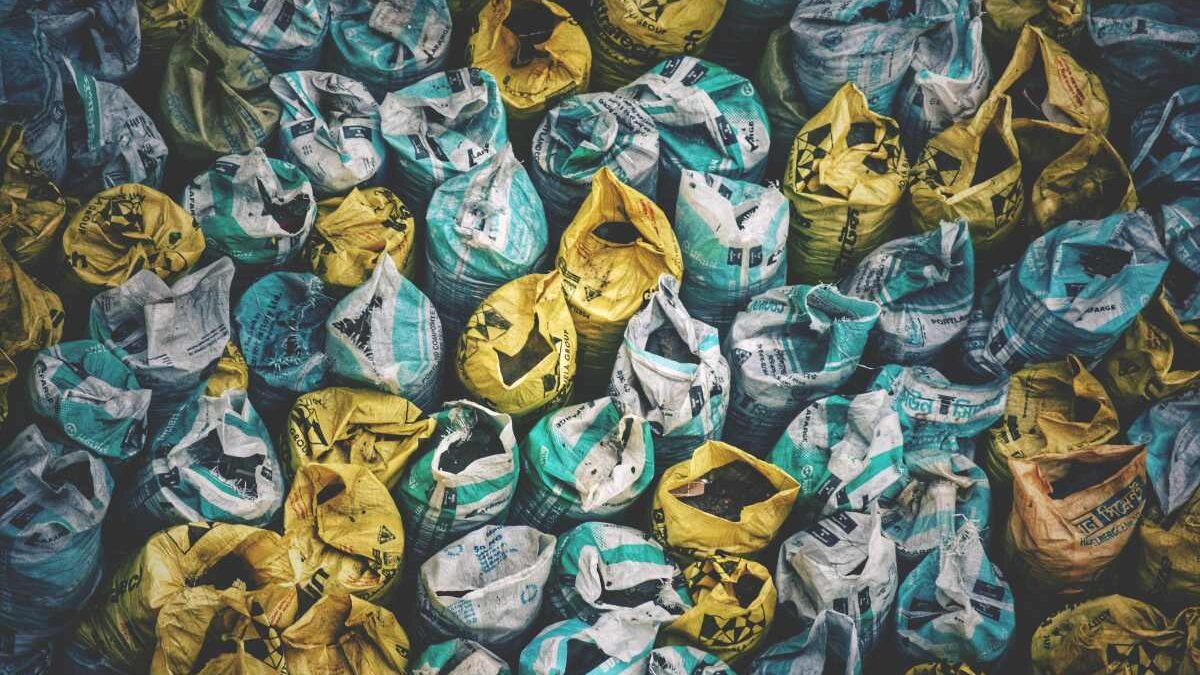
In 2018, the U.S. produced over 5.9 million tonnes of potentially biohazardous waste. Yet, in only two years, they have managed to easily surpass the 6,000,000 ton mark. As the pandemic continues, it is becoming increasingly difficult to imagine a future where medical waste will be less regulated. The staggering amount of medical waste can cause real harm, yet some people still believe proper disposal is not important. The reality, however, is that this could not be further from the truth. In order to protect everyone from infectious agents, it is important that proper disposal procedures are followed.
In addition, improper disposal could be harmful to the environment, food, water and wildlife. In all fields of work, the correct disposal and handling of biohazard waste is more important than you might think. Do not just believe us. Take a look at these reasons for taking biohazardous waste management seriously in the U.S. and around the world.
The dangers of biohazardous waste
You’re likely aware of the different types or categories of medical waste that are regulated. What many overlook are the risks and dangers that biohazardous waste presents. Ask the World Health Organization or any biomedical waste disposal provider. All of them will tell you that medical trash goes beyond infectious, sharp, and pathological medical waste. You can even find an exhaustive list of biohazard waste categories online. Go to the WHO’s healthcare waste fact sheet for a comprehensive synopsis or visit https://www.medprodisposal.com/biohazard-waste-disposal/ for a concise summary. In addition, pharmaceuticals, whether they are unused, expired or contaminated, as well as various chemicals and medical waste, can be hazardous if proper disposal procedures are not followed. It is particularly important to dispose of chemicals, disinfectants and batteries as well as heavy metals such mercury. Radioactive materials, genotoxic/cancer-treatment substances and batteries are also extremely hazardous if they are not disposed of properly.
The Risk to Healthcare Providers
It’s easy to harm healthcare workers and providers without proper disposal policies and procedures. Medical professionals are exposed to severe diseases on a regular basis, and sometimes even daily. Hepatitis and other viruses such as Ebola, Malaria HIV, Syphilis, Ebola Coronavirus are all infectious agents that can have lifelong consequences. It is important to use multiple biohazardous containers and follow the proper disposal procedures. This is particularly true when dealing sharps or infectious agents in general.
Impact of the Community
In the same way, improper disposal or a flagrant disregard for procedure can also place the community in danger. If medical waste that is regulated is thrown away, it will end up on landfills. Hazardous liquids and chemical can easily leak into the soil and nearby water supplies, as well as the atmosphere. The majority of waste that reaches landfills does not decompose quickly. This is also true for biohazardous trash that has not been properly disposed. The chances of contamination increase when biomedical waste that is dangerous is disposed in this way. Not all “trash”, however, reaches its destination. Dumpster diving is more common in cities where poverty and homelessness are on the rise. This can expose people to harmful substances.
Environmental Repercussion
Medical waste, as briefly mentioned above, can find its way into food and water supplies if it is disposed of incorrectly. After they have leached through the soil, or landed in a nearby landfill, liquids can contaminate groundwater. Most landfills are situated near rivers, lakes and streams. Once biohazardous wastes have made their way into groundwater, there’s no stopping them from contaminating our water supply, irrigation system, and oceans. This is a serious problem for all eco systems, including our own.
Water Supply and Crops
There is no quick fix when our water supply has been contaminated by biohazardous waste. Groundwater is often pumped directly into the drinking water of cities. The tap water contains any radioactive or harmful materials that may have found their way to the groundwater. The same tap water is used to fill your pet’s bowl, wash your dishes, and cook. Polluted groundwater may also find its way into food. Farmers use irrigation systems and approximately 64% of the water used for irrigation is groundwater. Ingesting and being exposed to high levels of toxic chemicals can lead to serious health issues. Radioactive pollution is also known to cause cancer.
Air Pollution
In the same way, incineration of medical waste can lead to air pollution. Incorrectly disposing of biohazardous waste in this manner can release dangerous airborne toxic substances into the environment. Airborne toxins such as cadmium and mercury, acidic gases and lead can be deadly to humans, animals and wildlife. It is for this reason that all biohazardous waste must be disposed off properly. Autoclaving is a safe way to dispose of some wastes, but incineration can also be used.
Wildlife
Wildlife, just like humans, is dependent on the water in rivers, lakes, and springs. Marine life, in particular, can be affected by congenital defects, cancer risk, and mutations if medical waste is not handled properly. When disposal procedures are trivialized, all humans, plants and fish are exposed to harmful substances. It is not surprising that the CDC can view improper disposal of medical waste as a terrorist act.
Takeaway
Medical waste disposal is serious business, and it should be treated accordingly. To protect the life we know, many policies and procedures were put into place. If you require assistance with disposing of your biohazardous waste, you should contact a medical garbage disposal service provider in your area.

